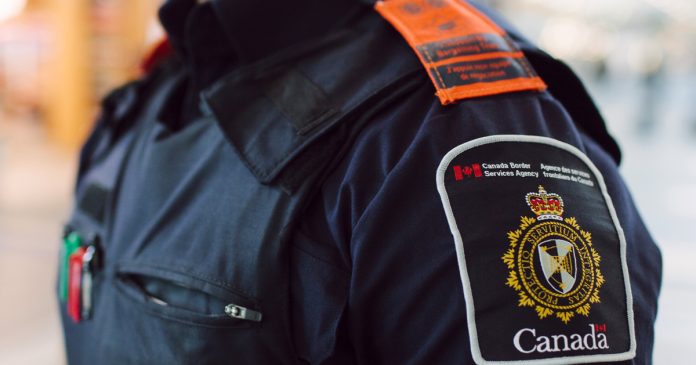The Canada Border Security Agency (CBSA) plans to convert a wing of its immigration detention centre into “high risk” cells as they will soon no longer be able to rely on provincial prisons to house dangerous migrants.
The director-general for the CBSA, Carl Desmarais, said that a section of the border force’s immigration detention centre in Laval, Que., would soon undergo renovations to install 48 beds for “high risk” migrants.
The cost of the renovations remains unknown for now, but Desmarais told the National Post in an interview that the money would come from an already existing budget. Once completed, the agency plans to make similar renovations at detention centres in Toronto and Surrey, B.C.
Initially, high risk migrants were detained in provincial prisons throughout the country, however that arrangement is set to expire next week.
High risk detainees are those considered to be a threat to the agency officers, other detainees and the community. They were placed in prisons if their risk level was unmanageable at an immigration holding centre, according to the CBSA website.
Human rights groups have become increasingly critical of the CBSA for incarcerating certain immigrants, especially children, in what they view to be “abusive” prison conditions.
Throughout 2022, groups like Amnesty International and Human Rights Watch have led a number successful campaigns to get provinces to end their prison arrangements with the CBSA.
A one-year sunset clause was issued for the CBSA to make other arrangements for high risk detainees in provincial prisons.
The CBSA was given an additional three months to resolve their issue by Alberta and B.C. but that timeframe is set to expire by the end of October.
As of Aug. 25, there were 169 inmates detained in the three CBSA immigration centres who are deemed to be low-medium risk offenders, according to Desmarais. Alberta and B.C. are currently holding an additional 61 high risk offenders in provincial prisons.
Depending on their individual immigration files, the 61 offenders will need to be released, deported or shipped back to the Laval detention centre by the end of October.
Once the renovations are complete in Laval, there should be enough space to accommodate the number of high risk offenders, although time is of the essence.
“We have to pivot really rapidly. The availability of our existing facilities is our primary response, and I think we can build capacity from that point on,” said Desmarais.
“You’re probably familiar with the time it takes for infrastructure projects to fruition,” he added.
While Desmarais believes the retrofitted wing will be large enough to host the current number of high risk offenders, he does worry if that will still be the case in the near future, given the government’s plan to increase the annual number of immigrants to half a million by 2025.
“I think there is an expectation that as immigration continues and population grows, there is a proportional increase in the need for immigration detention; it’s just simple math. I think eventually, we’ll have to look at our overall capacity,” said Desmarais.
“It is not a concern immediately, but we have to look beyond the next few years,” he added.
